|
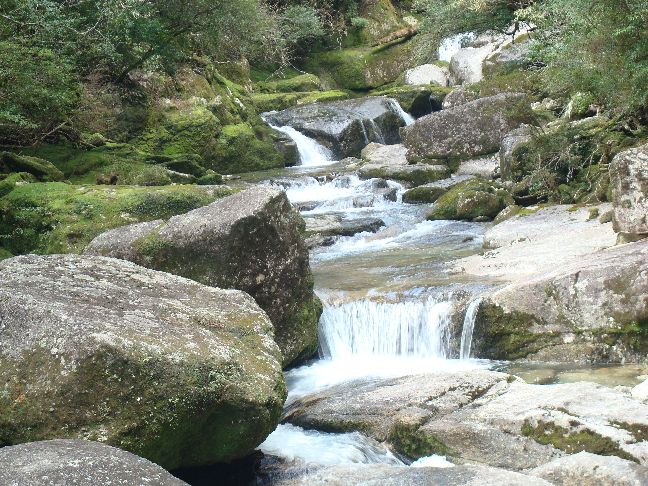
Yakushima Island lies some 60 south of Kyushu, in Kagoshima prefecture, Japan.
At 500 sq km it is the fifth largest island of the Japanese archipelago.
It is famous for its ancient forests inside its mountainous interior, especially the sugi trees
(cryptomeria or "Japanese cedar", even though it's no close relative to cedars). "Yakusugi" (Yakushima sugi trees) grow very slowly
and are extremely long lived. Due to the water resistant nature of the resinous wood the trees once were a popular raw material
for making roof shingles. Many were felled for that purpose during the Edo era. Since 1970 (following the discovery of the Jomonsugi), the trees have been protected on Yakushima
by the government and tourism has largely taken the place of the lumber industry.
Some of the major attractions are:
- Jomonsugi is the largest and oldest sugi tree in Japan, estimated to be between 2170 and 7200 years old.
The exact age can not be determined because, like with many ancient sugi trees, the inside is hollow due to rot. You can only reach it via a hike of 10 or 12 hours (depending on the route). You will need to get up early,
as you basically will be hiking from sunrise to sunset.
- Shiratani Unsuikyo is a mountain ravine with many ancient trees along its hiking courses.
If you want to see the green scenery featured in guide books and on picture postcards, this is the place to go.
The major hiking course takes 3-4 hours. At the top of the valley lies an area called Mononoke Hime no Mori
(Princess Mononoke's forest), as this part of the forest is supposed to have served as the inspiration for
the forests shown in the anime by that name. Beyond that lies Taiko Iwa (Drum rock), which offers
breathtaking views of a valley below.
- Yakusugiland is another beautiful place I would well recommend.
Don't be put off by the theme park-like name – it offers great views of a mountain
river valley with huge granite boulders, as well as ancient "yakusugi" trees and moss. The hiking
is relatively easy, with courses of 30, 50, 80 and 150 minutes on offer, much of it on wooden boardwalks.
- Wherever you go hiking, you are likely to encounter yakushika, a small local type of deer,
as well as yakuzaru monkeys, a local type of macaque. Please don't feed them!
Food and beverages on Yakushima:
- Islanders grow delicious sweet Tankan and Ponkan oranges, which are harvested mostly in the winter (December through February).
- Toppy, a type of flying fish is served in local restaurants.
- There are various kinds of shochu liquor in the Kagoshima area, which is famous for its sweet potatoes, though personally
I am not a fan of anything stronger than port wine :-)
Places to stay on Yakushima:
- JR Hotel Yakushima is a great hotel with friendly staff, good food and beautiful scenery.
- For the more budget-conscious there are many minshuku (family pensions) as well as youth hostels
(see JNTO PDF file).
How to get around the island:
- Rental cars are available at the airport and major ferry ports. Smaller cars are recommended,
as many of the mountain roads are narrow and you will never be doing more than about 60 km/h anywhere on the island.
- Bus services run around most of the costal road and up to the major attractions in the mountains. Taxis are also available.
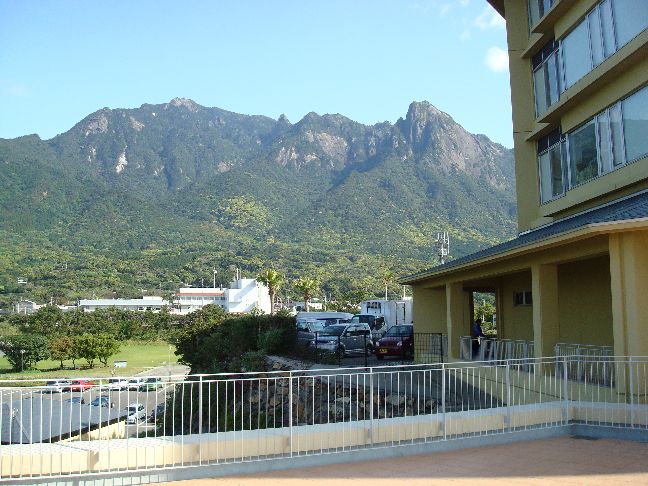
Mountains rise steeply from the narrow coastal strip (at JR Hotel Yakushima)
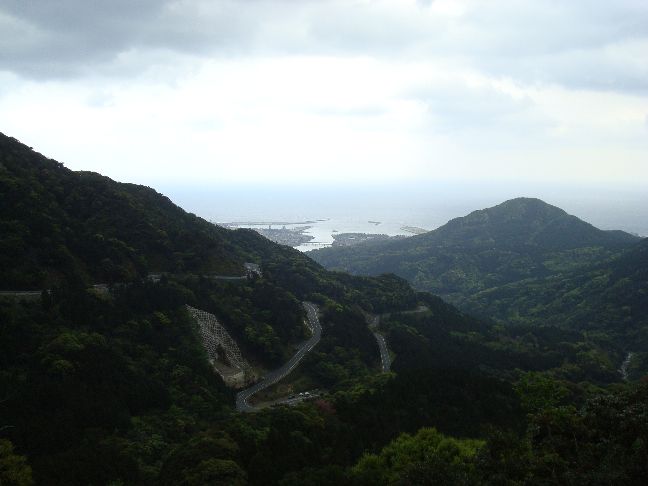
View of the coast and the serpentine road leading up to the Shiratani Unsuikyo mountain valley.

Shiratani Unsuikyo
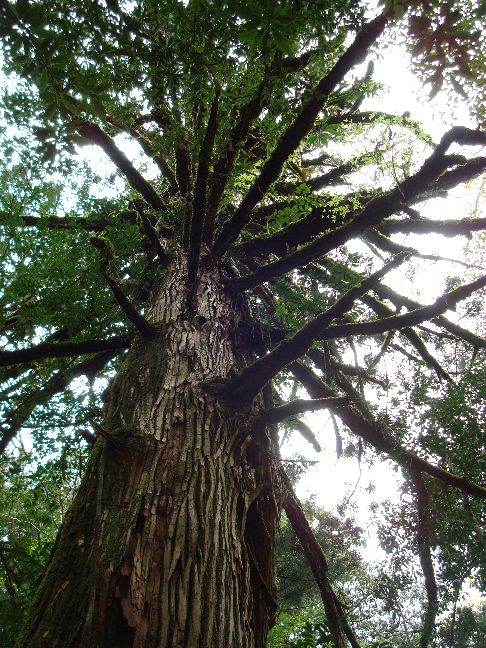
Shiratani Unsuikyo
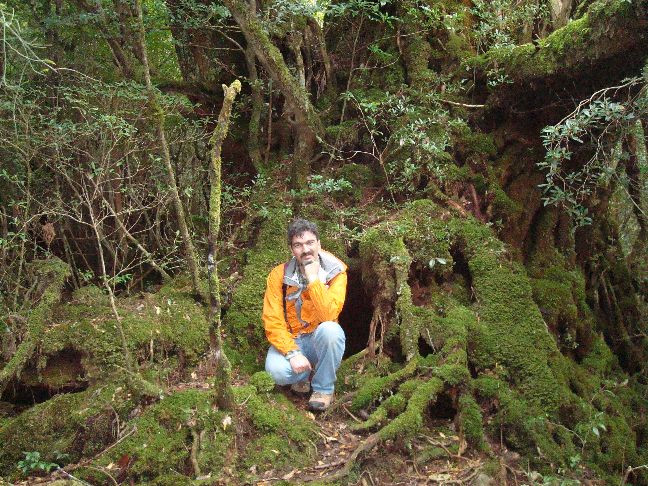
Shiratani Unsuikyo
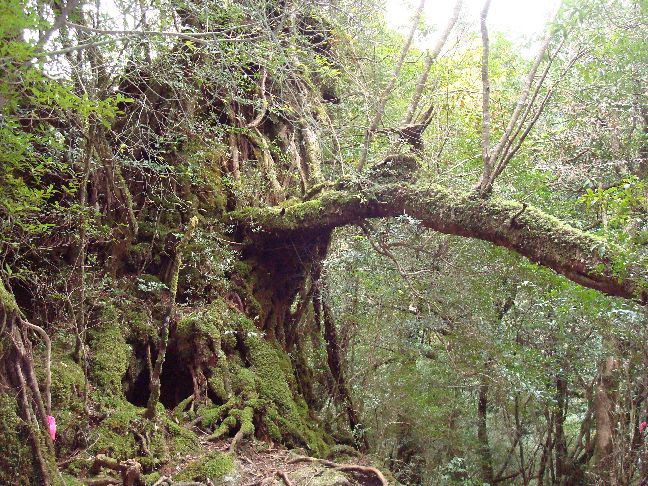
Shiratani Unsuikyo
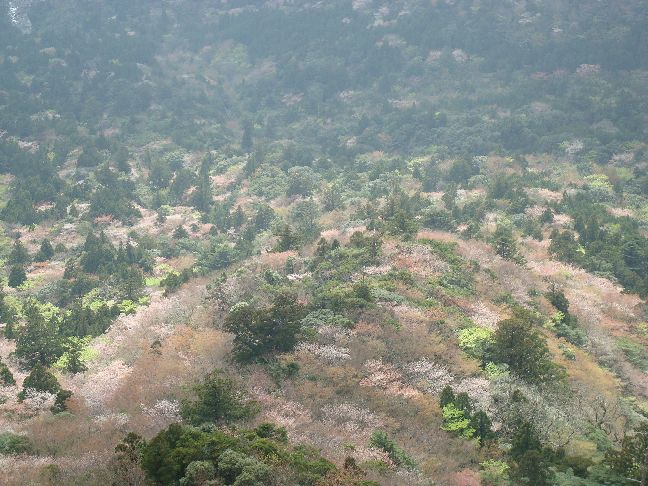
View from Taiko Iwa
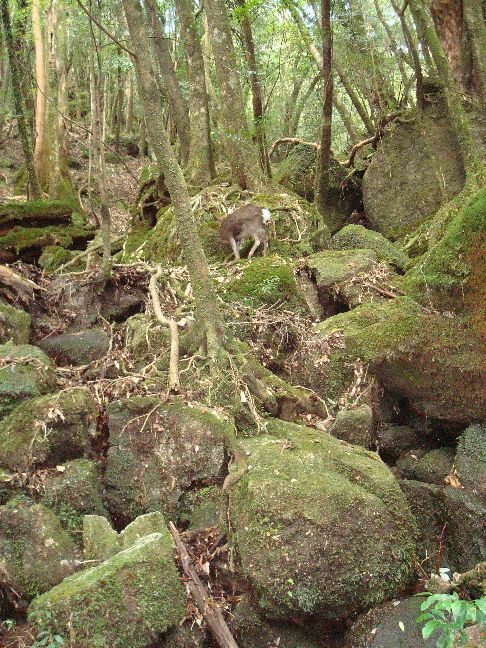
Yakushika (native deer) in Shiratani Unsuikyo
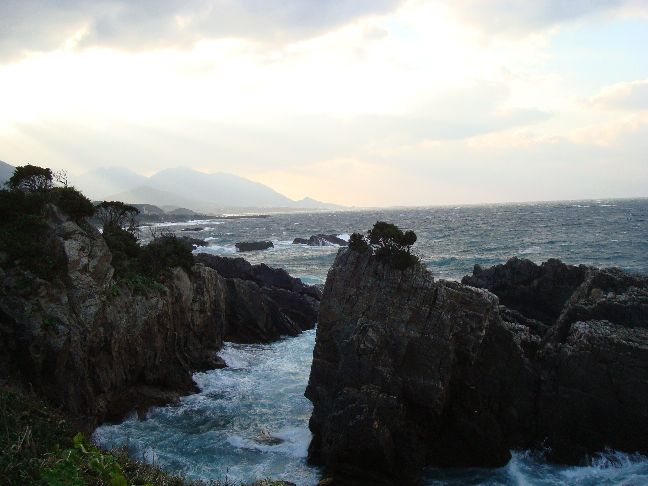
Coastline at eastern Yakushima
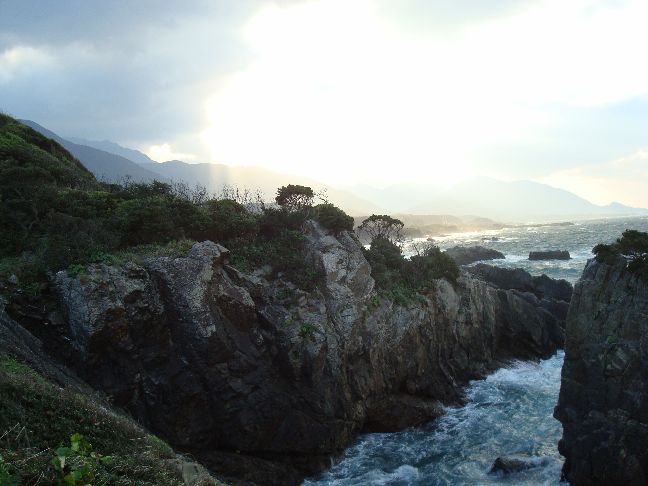
Coastline at eastern Yakushima
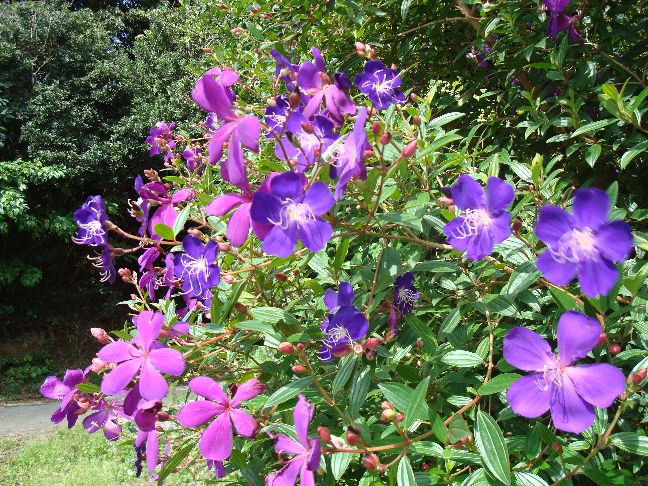
Blossoms in a garden

Yakuzaru (native monkey) near Yakusugiland
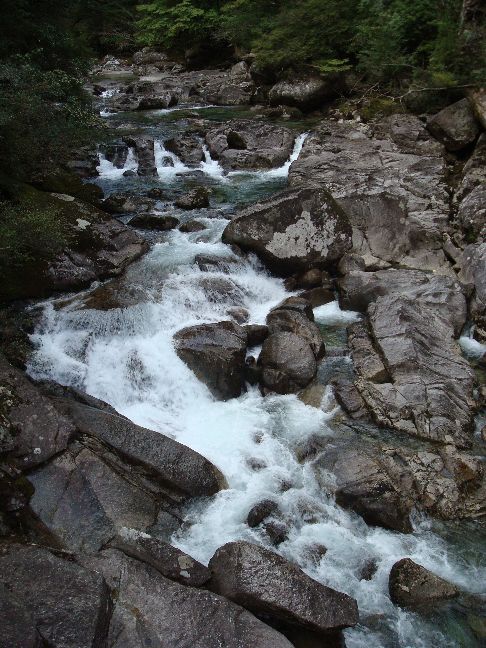
Yakusugiland
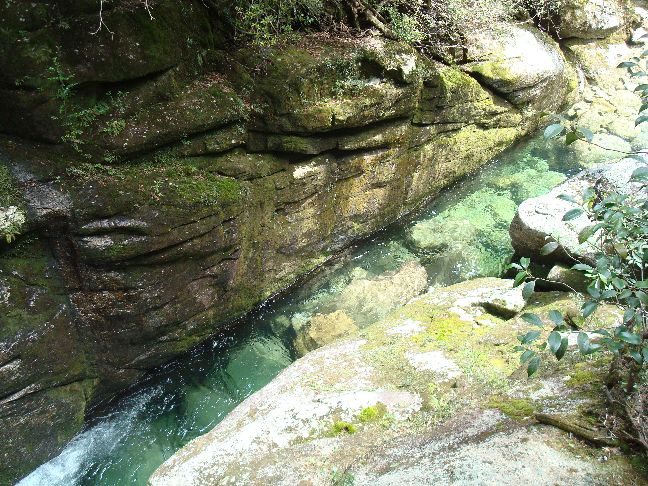
Yakusugiland

Yakusugiland
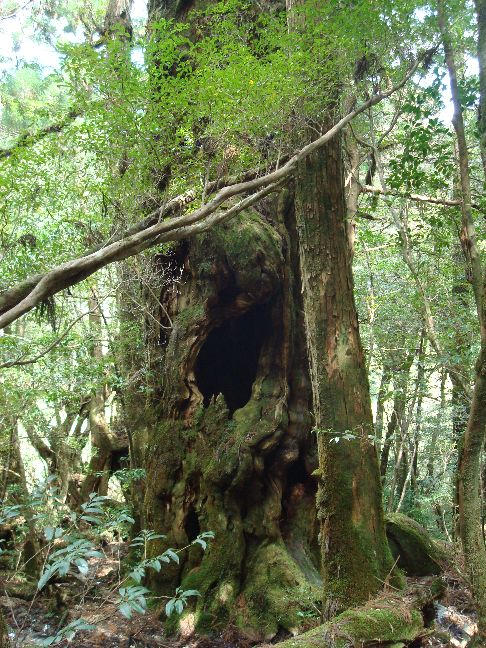
Yakusugiland
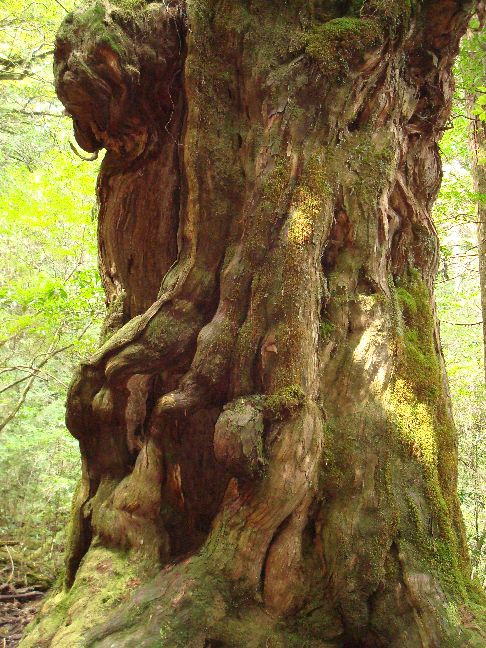
Yakusugiland
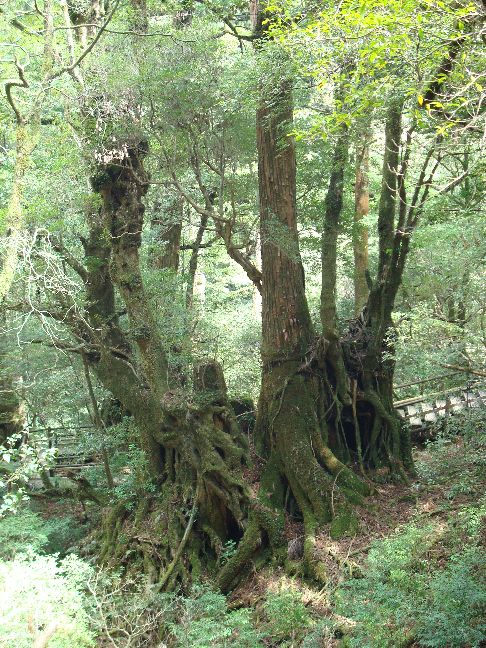
Yakusugiland
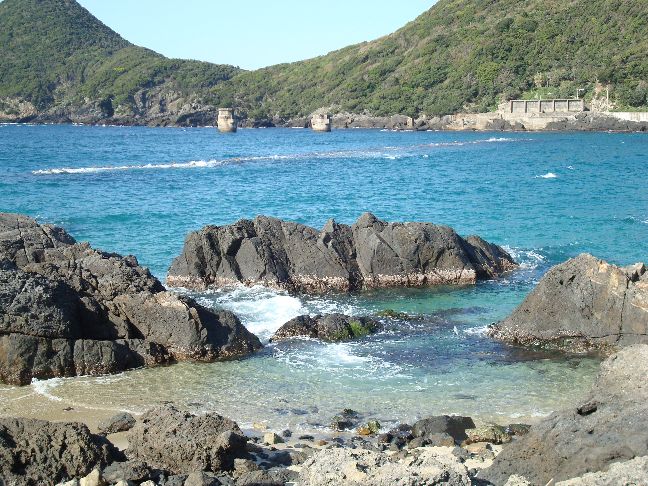
Bay at northern tip of Yakushima
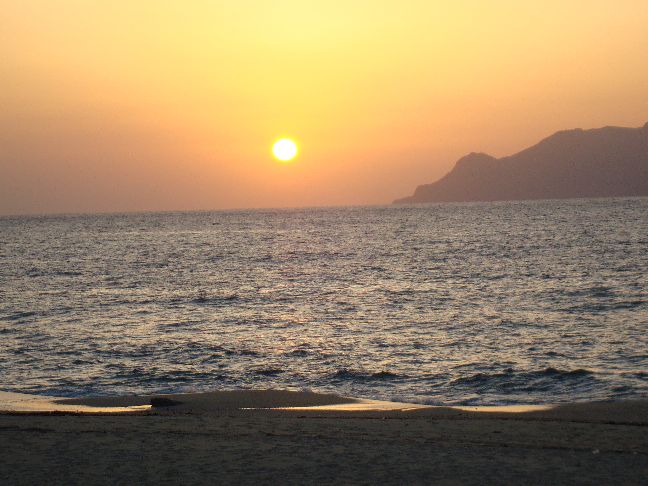
Sunset at Inakahama, Western Yakushima. This beach is famous for the sea turtles who lay their eggs there once a year.
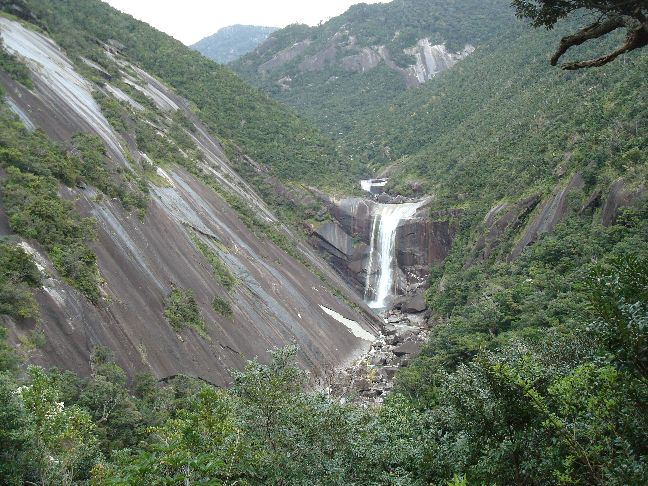
Granite formations at Sempiro waterfalls (Southern Yakushima)

(Return to Joe Wein's Japan page)

|